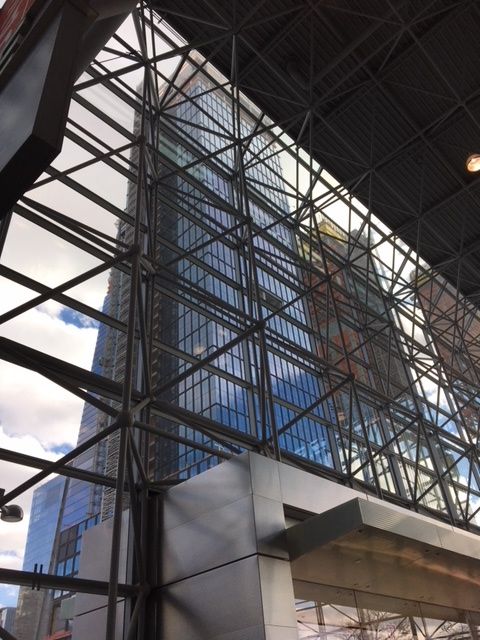Enterprise developers keep reaching for the cloud

"Cloud native" isn't just an analyst buzzword, it's the foundation for most enterprise development these days. If it's worth building, it needs to built on the cloud.

That's one of the takeaways of a recent survey of 1,800 developers conducted by the Eclipse Foundation. The survey concentrated on developers working with the Jakarta EE platform -- known until recently as Java Platform, Enterprise Edition.
Two of the community's top three priorities for Jakarta EE show a consensus that the platform evolve to support cloud native development, while the third priority emphasizes the need for a faster pace of innovation on the platform.
Half, 50 percent, of the respondents said they ran about one-fifth of their Java applications today in a cloud. But more than 30 percent said that within the next two years they expect to be running 60 percent or more of their applications in the cloud. "Those estimates may be low given that most of the respondents have not had a chance to evaluate a forthcoming cloud-native implementation of Jakarta EE," the report's authors add. Currently, well over half of respondents (58 percent) view Java EE in its current form as being suitable for the cloud.
Kubernetes emerged in the survey as a favored path for making Jakarta EE cloud native, although alternative platforms may still emerge in the recently formed Jakarta EE working group. Nearly a third of respondents reported they are already working with Kubernetes.
Microservices also tops enterprise developers' agendas. A majority, 61 percent, say their number-one wish for the Jakarta EE platform is better support for microservices.
The Spring and Spring/Boot frameworks (57 percent) dominate when it comes to building microservices using a derivative of Java, the survey also shows. But as Jarkarta EE continues to evolve it's also more than apparent that framework such as Kubernetes (30 percent), Node.js (22 percent), Jersey (19 percent) and Eclipse MicroProfile (15 percent) are gaining traction.
Other desires include integration with Kubernetes and faster rates of innovation for similar types of advances.Nearly half (45 percent) of the developers surveyed are already building microservices, with another 21 percent planning to join them in the next year. It's only a matter of time before most of the rest follow suit. 95 percent of the respondents said they are using Java to build microservices, which is followed by Docker containers with more than 50 percent.
For many years, Java EE has been the platform of choice for millions of developers and operators running enterprise systems. The survey finds Java EE 7 as the most prevalent platform, used by 56 percent, while 38 percent are still running Java EE 6. Another 21 percent run Java EE 8.
In September 2017, Oracle announced that it was transferring the future of Java EE technologies to the Eclipse Foundation. The latest version of Java EE, Jakarta EE, "is a new undertaking and everything that has occurred previously on the Java EE platform will remain called Java EE and comply with licensing agreements with Oracle.
Future work will be led by the Jakarta EE Working Group, a consortium of vendors working collaboratively with a community of open source developers operating under the auspices of the Eclipse Foundation. Founding members include DocDoku, IncQuery Labs, Fujitsu, Genuitec, IBM, Lightbend, Microsoft, Oracle, Payara Systems, Pivotal, Red Hat, SAP, Tomitribe, Vaadin, and Webtide.